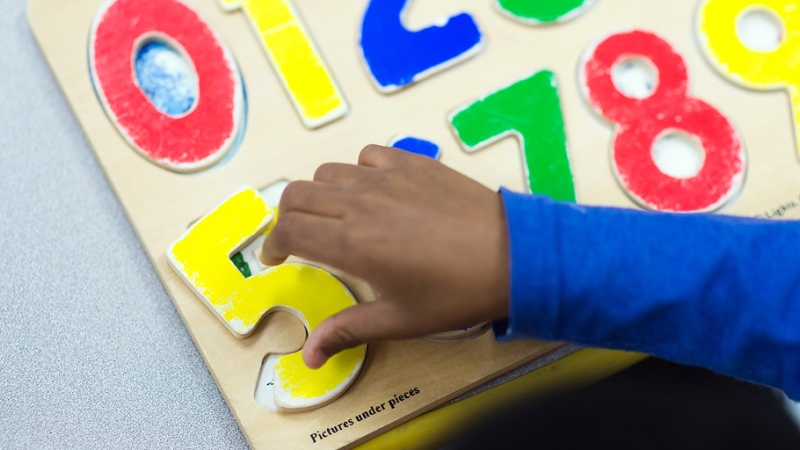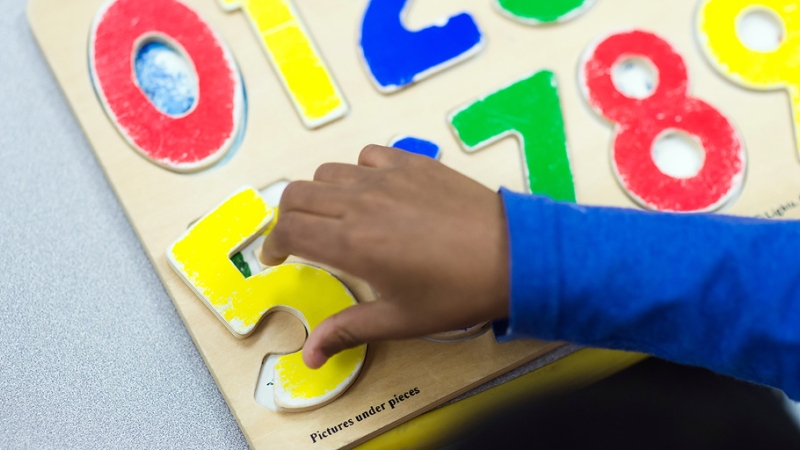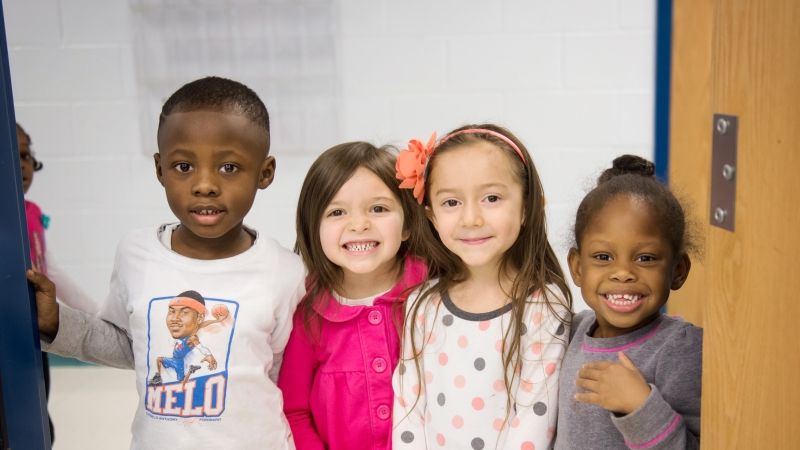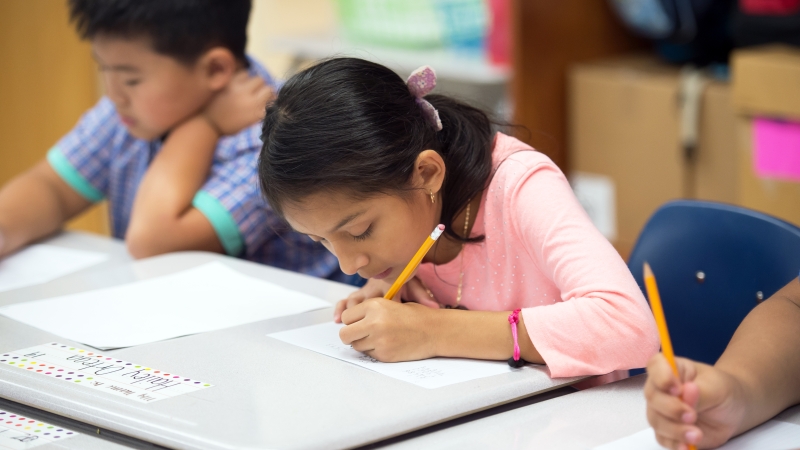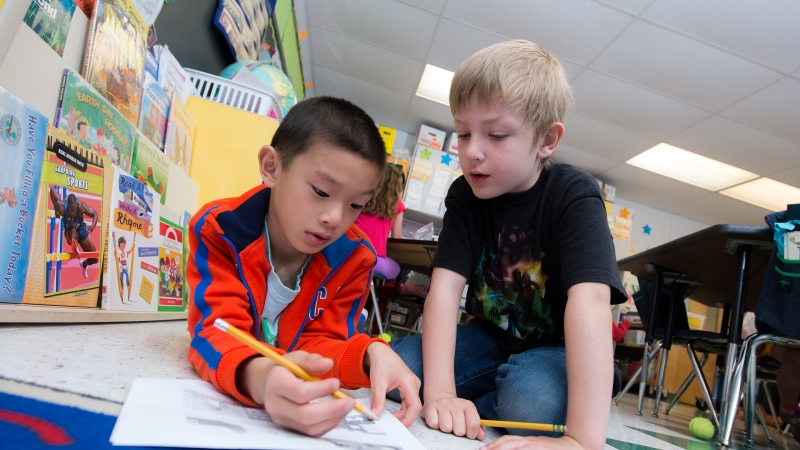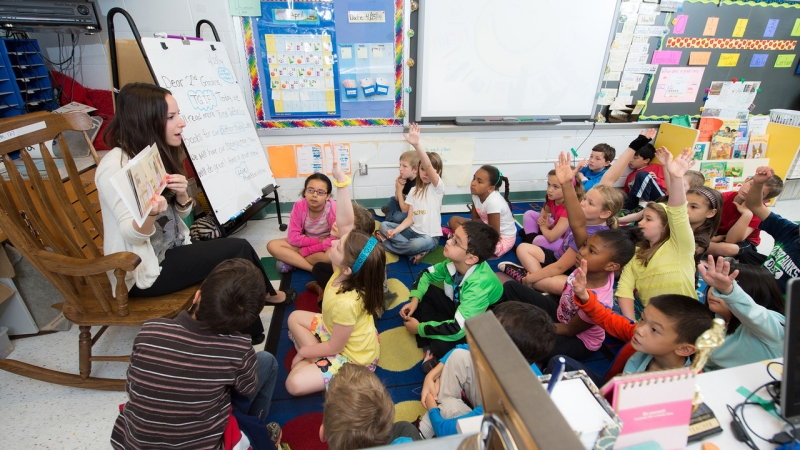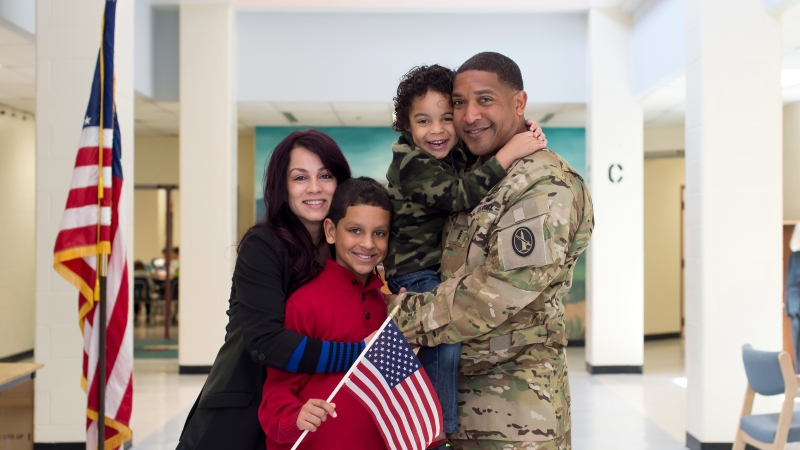
5-4-3-2-1 Early Childhood Tips for Today: Communication
 |
Things to Know or Do |
- Repeat and extend what your child says (for example, child says “ball”; “yes, a big, red ball”).
- Model language by using describing your actions or a child’s actions (for example, “I am setting the table for lunch”; “you are using blocks to build a house”.
- Read with your child, tell stories, recite nursery rhymes and sing fingerplays.
- Ask your child simple questions about the book.
- Act out stories through dramatic play, draw simple pictures, or sequence pictures to retell a story.
 |
Children Read Alouds |
Brown Bear, Brown Bear, What Do You See? by Bill Martin, Jr.
A big happy frog, a plump purple cat, a handsome blue horse, and a soft yellow duck--all parade across the pages of this delightful book.
The Itsy Bitsy Spider by Iza Trapani
The itsy-bitsy spider encounters a fan, a mouse, a cat, and a rocking chair as she makes her way to the top of a tree to spin her web.
Wheels on the Bus by Raffi
An exciting sing-along board book features a fun-filled rhythmic text and charming full-color illustrations.
Five Little Monkeys Sitting in a Tree by Eileen Christelow
While their mother takes a nap, five mischievous monkeys discover that it is unwise to tease Mr. Crocodile.
 |
Links to Visit |
- Get Ready to Read: Understanding Language Development in Preschoolers
- Zero to Three: How to Support Your Child's Communication Skills
- Scholastic: Language and Literacy Development in 3-5 Year Olds
 |
Points to Research |
- Frank Porter Graham Child Development Institute: Early Childhood Educators Hold the Key to Children's Communication Skills
- More Than Baby Talk: 10 Ways to Promote the Language and Communication Skills of Infants and Toddlers
 |
Video to View |
Avance, Inc: Engaging Children in Meaningful Conversations
